
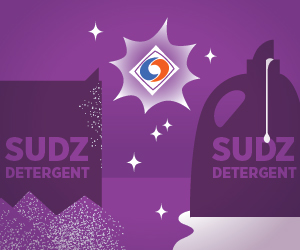
Why Your CPG Brand Isn’t Remarkable and What You Can Do About It
This post originally appeared in our August '13 issue of “Live Report from the Future of Marketing,” our monthly Post-Advertising newsletter. Subscribe for free here.
Marketing CPG products is hard. Marketing Apple products is easy. Well, not really (on both accounts), but let me explain.
Apple products—computers, phones, music players, tablets and other digital devices—are some of the most expensive products on the market. But devoted fans come out in droves to purchase the latest editions, seeming not to mind that they’re paying a premium for the mass-produced technologies. I’m not faulting them. I’m a fanboy myself, writing this article on my MacBook Pro, which is connected to Wi-Fi with Apple Airport, with my iPhone and iPad close by.
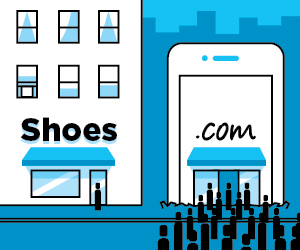
Can Digital Save Retail?
This post originally appeared in our July '13 issue of “Live Report from the Future of Marketing,” our monthly Post-Advertising newsletter. Subscribe for free here.
My wife and I have a baby on the way. Literally any day now he or she (we don’t know which) could arrive. We’re as excited and terrified as all first-time parents are, fully aware that our lives will utterly change but unaware of exactly how.
I’ve depended on my wife to lead me through these past nine months. Go to this doctor’s appointment. Paint the nursery. Install this light. However, as a bit of a techie, there were a few things I was excited about, and I was giddy to be given the reigns to buy our first high-end camera.
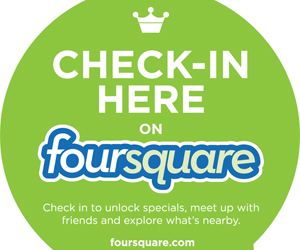
Adopt or Die: The Anxiety of Checking In on Foursquare
I’m a social media early adopter. I should be, considering I write for a digital content marketing agency’s blog. I post photos on Instagram, share thought nuggets and articles on Twitter, argue on Facebook, capture looping slices of life on Vine (and now Instagram Video) and check-in using geolocation apps.
The manner in which I, along with millions of others, experience and share life’s moments is decidedly different from the way we did a mere decade ago. But that’s the way life goes, and technology is changing how we live on a daily basis.
However, if my recent trip to a local restaurant is any indication, merchants aren’t getting the message. Many of them are so slow to adapt that a simple redemption of a Foursquare perk can turn into a confusing, annoying, anxiety ridden encounter, inevitably resulting in customers being afraid to embrace the technologies intended to create a better, more rewarding experience.
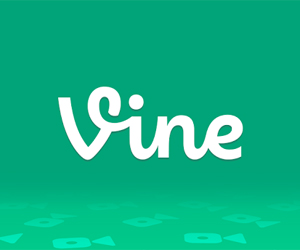
Why Instagram Isn’t a Vine Killer
Make no mistake about it. The launch of Instagram Video (wholly owned by Facebook) is a shot across, if not directly into, the bow of Vine’s ship (wholly owned by Twitter). Instagram’s already established community of 130MM members has given Instagram a major jumping off point for its video feature, which is built into the popular photo-sharing app.
But Vine isn’t dead, and Instagram will not be a Vine killer. In fact, I think Vine offers brands something unique enough that it can thrive alongside Instagram video.
More after the jump.

Why It’s a Mistake For Brands to Ignore Tumblr
Pretend I’m someone who understands the basics of the Internet but has never used a social platform. Now let me ask you: What’s Facebook? What’s Twitter? What’s Instagram?
Most answers, at least from the readers of this blog, would be similar. But I’ve got another question. What’s Tumblr? I would bet that at this point the definitions start to differ.
“It’s a blogging platform, like WordPress or Typepad.”
“It’s a social network where people share all sorts of content.”
“It’s a website for theme-based GIF repositories.”
For the record, Tumblr defines itself as a platform that “lets you effortlessly share anything” including “text, photos, quotes, links, music and videos.” But the six-year-old content platform is still commonly misunderstood by brands and agencies as it relates to social strategy. Even its self-definition fails to clearly define its focus, its user base or its potential as a place to engage with fans through organic and paid media.
Should your brand be on Tumblr? Let’s discuss.
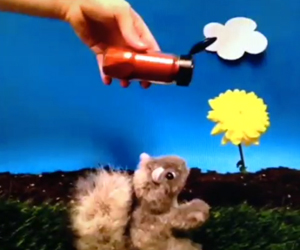
The Difference Between Fun and Useful Content in Social Sharing
To say I’m not much of a handyman would be an understatement.
I’m my father’s son—a Boston sports fan through and through, hardworking and always trying to please. But he and I know absolutely nothing about maintenance or repair work. So when I recently bought my first house with my wife, the renovations we opted to complete ourselves weren’t going to be easy, no matter how simple they were.
But in the connected world we live in, help was no further away than a YouTube search. Hanging towel racks, painting stripes and installing the Nest thermostat (a must-have, IMO), lighting fixtures and house numbers—if my father-in-law wasn’t around to help, the good ol’ Internet was.
In situations from home improvement to fitness and more, brands have a golden opportunity to provide useful information to an audience that is seeking answers, but it seems they are instead trying to engage audiences with the type of content most often seen going viral—fun, quirky and amazing (amazingly good and amazingly bad) content like Gangnam Style, Kony 2012, Red Bull’s Stratos project, Grumpy Cat and Old Spice’s “The Man Your Man Could Smell Like.” Problems can arise quickly when brands try to re-create content like this, and most such efforts will fall flat.
So what’s a brand that is ready and willing to create useful content to do? The recent #SixSecondFix campaign by Lowe’s may be the perfect answer.

3 Brands Winning the Real-Time Media Game
This post originally appeared in our February Issue of “Live Report from the Future of Marketing,” our monthly Post-Advertising newsletter. Subscribe for free here.
The blanket of snow that fell across the UK a few weeks ago reminded me of one of my favourite marketing campaigns in recent years. If you haven’t seen this fantastic piece of opportunistic advertising before, the Polo Snow Stamp was pressed into thick snow on cars, park benches and roads across London, creating a perfect replica of the iconic white mint with the hole.
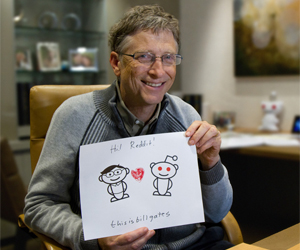
Marketers Take Notice: Reddit is Very Much Here
From Bill Gates, Barack Obama, Arnold Schwarzenegger and Dave Grohl to a five-year McDonald’s employee and a valet for the stars, the “I Am A ____, Ask Me Anything (AMA)” section of Reddit takes on people from all walks of life.
It can be a scary place. No moderator. No filters. Only rule is that you prove who you are. So why would POTUS and one of the wealthiest men in the world spend time answering questions, some intelligent, some inappropriate, from this fairly anonymous yet large (and to a point, influential) digital community?
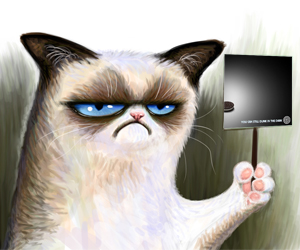
Why I Wasn’t Impressed with Oreo’s Super Bowl Blackout Tweet
I’m going to say it: I wasn’t impressed by Oreo’s blackout tweet.
As I brace for the backlash, I’ll try to explain myself. I do realize that Oreo is making all the brands that invested $4 million for 30 seconds of interruption look foolish. Oreo is the talk of the town, and it’s not because of its own quite funny Super Bowl commercial (that’s right: I’m not going to call it the Big Game or El Plato Supreme) or it's impressive efforts on Instagram re-creating photos sent by fans out of either Oreo cookie or Oreo cream, which I insist marketers would be talking about today if there hadn't been a blackout. No, it’s because of a single tweet (I realize that it was also a Facebook post, but let’s call it a tweet for simplicity’s sake). It was a photo of an Oreo cookie in a pool of light surrounded by darkness and the words “You can still dunk in the dark”—and it was re-tweeted more than 15,000 times.
It was timely, on-brand and a much faster real-time response than any other brand (though brands like Tide and Audi had some great responses as well). If you were scouring the online marketing rags on Monday morning, you couldn’t click twice without running into an article about Oreo’s success.
But I wasn’t impressed by the tweet.

